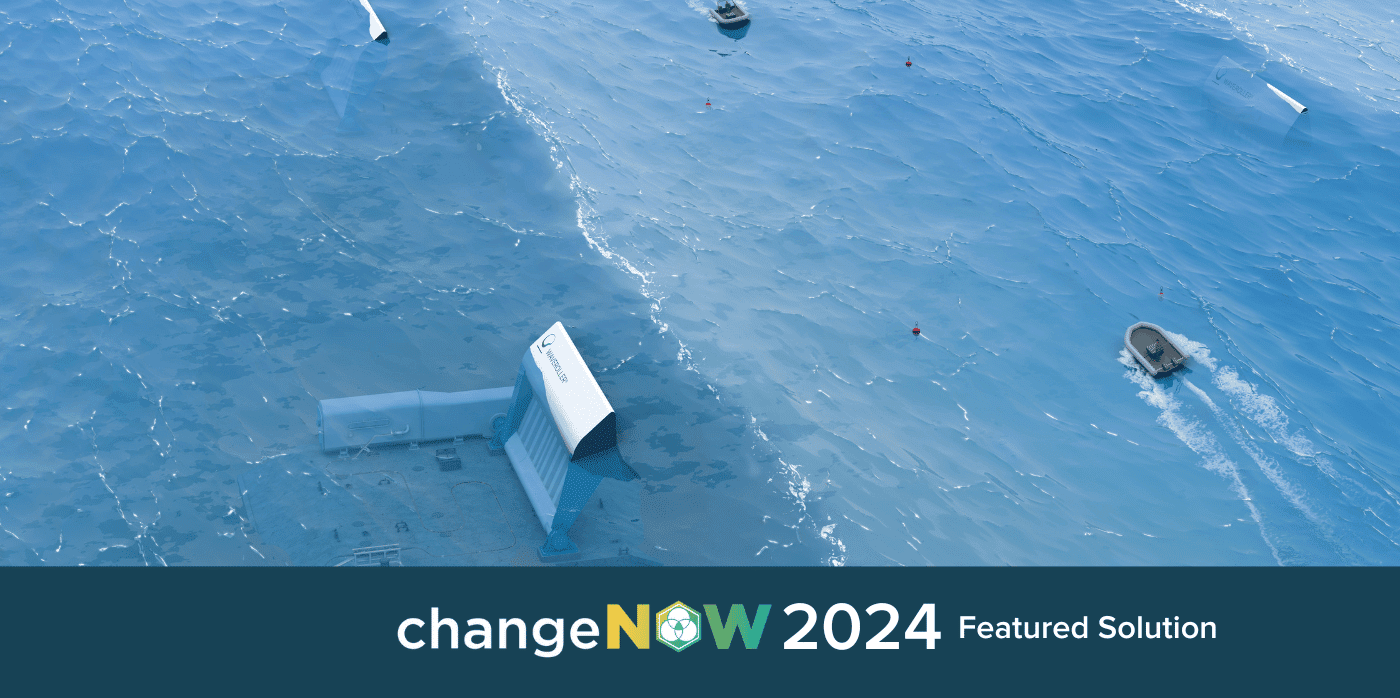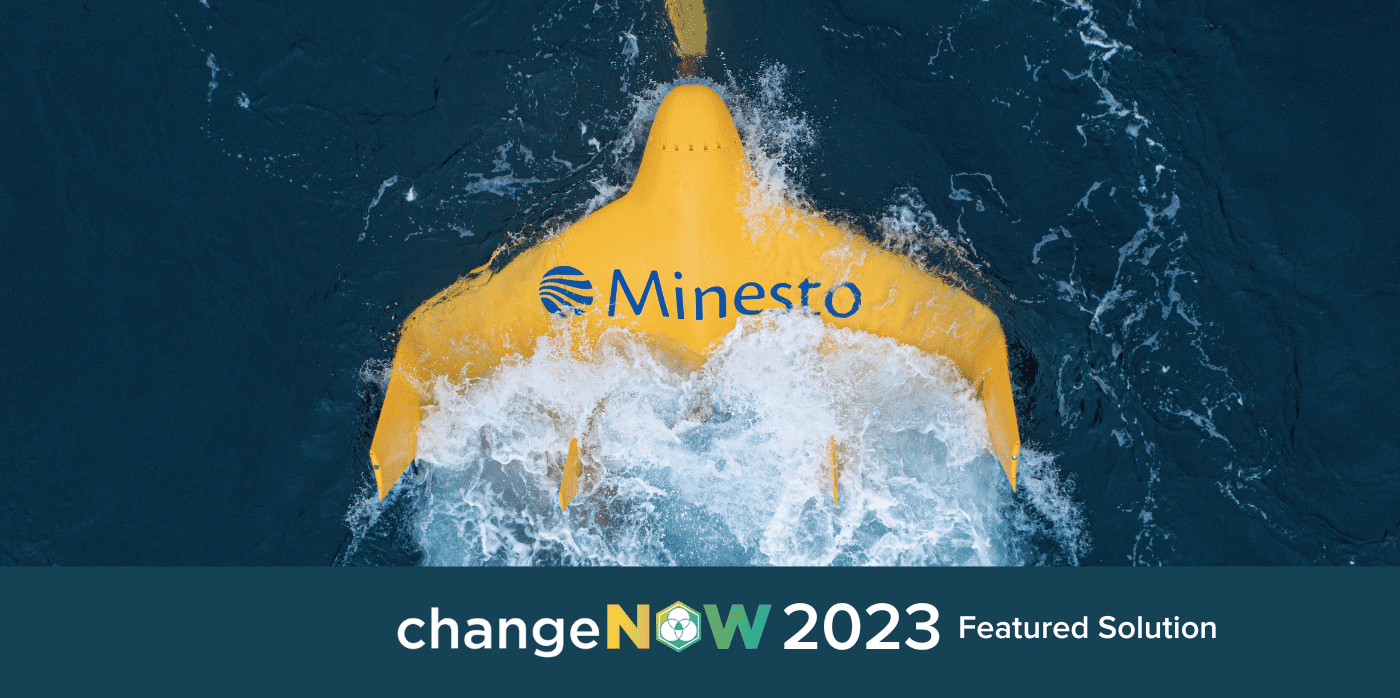Energy innovation via underwater wave tech

Spotted: There is a lot of energy embedded in ocean waves. In fact, according to the US Energy Information Administration, waves off the coast of the US alone have a theoretical energy potential of 2.64 trillion kilowatt-hours – enough to meet around 64 per cent of the country’s 2021 energy demand.
Hoping to tap into this abundant but underexploited energy source is Finnish company AW-Energy with its WaveRoller wave energy converter. WaveRollers are hinged panels that harness the power of ocean waves as they move back and forth. Interior hydraulics and an integrated power storage system convert the movement of the waves to electricity.
Company CFO Matthew Pech told Springwise, “The original inspiration for the technology was when the inventor, Rauno Koivusaari, was diving into a shipwreck. He saw a cargo hatch moving with the motion of the water, and tried to stop it with a plank of wood, which shattered. This sparked the idea that there was a large amount of energy available that could be tapped into.”
The zero-emissions devices are mostly or completely submerged in the water. They are fixed to the ocean floor anywhere from half a kilometre to two kilometres away from shore, at depths ranging from eight to 20 metres. That near-shore location makes the technology particularly useful as it minimises the chances of faults in the subsea cables used to connect WaveRollers to the on-shore grid infrastructure. One WaveRoller generates 350 to 1,000 kilowatts of energy depending on the size and strength of the waves in each location, and multiple devices can be used together to boost energy generation.
The devices complement existing renewable energy sources by providing additional power and filling in gaps in provision from the more intermittent renewables of wind and solar. WaveRoller’s power storage system comes in a variety of sizes, for utility-scale use and to provide rapid response support for fluctuations in grid supply. AW-Energy also created a smaller-scale WaveRoller-X. All components of the smaller device fit within a single shipping container, and the fully built device is small enough to be suitable for remote locations and those with limited sea access.
AW-Energy is currently developing projects with customers, with a goal of deploying its first commercial array of WaveRollers within the next couple of years.
Springwise’s library contains a number of innovations that harness the power of water, including technology that harnesses the power of raindrops and IoT software that improves hydropower plants’ efficiency by automating certain tasks.
Written By: Keely Khoury





